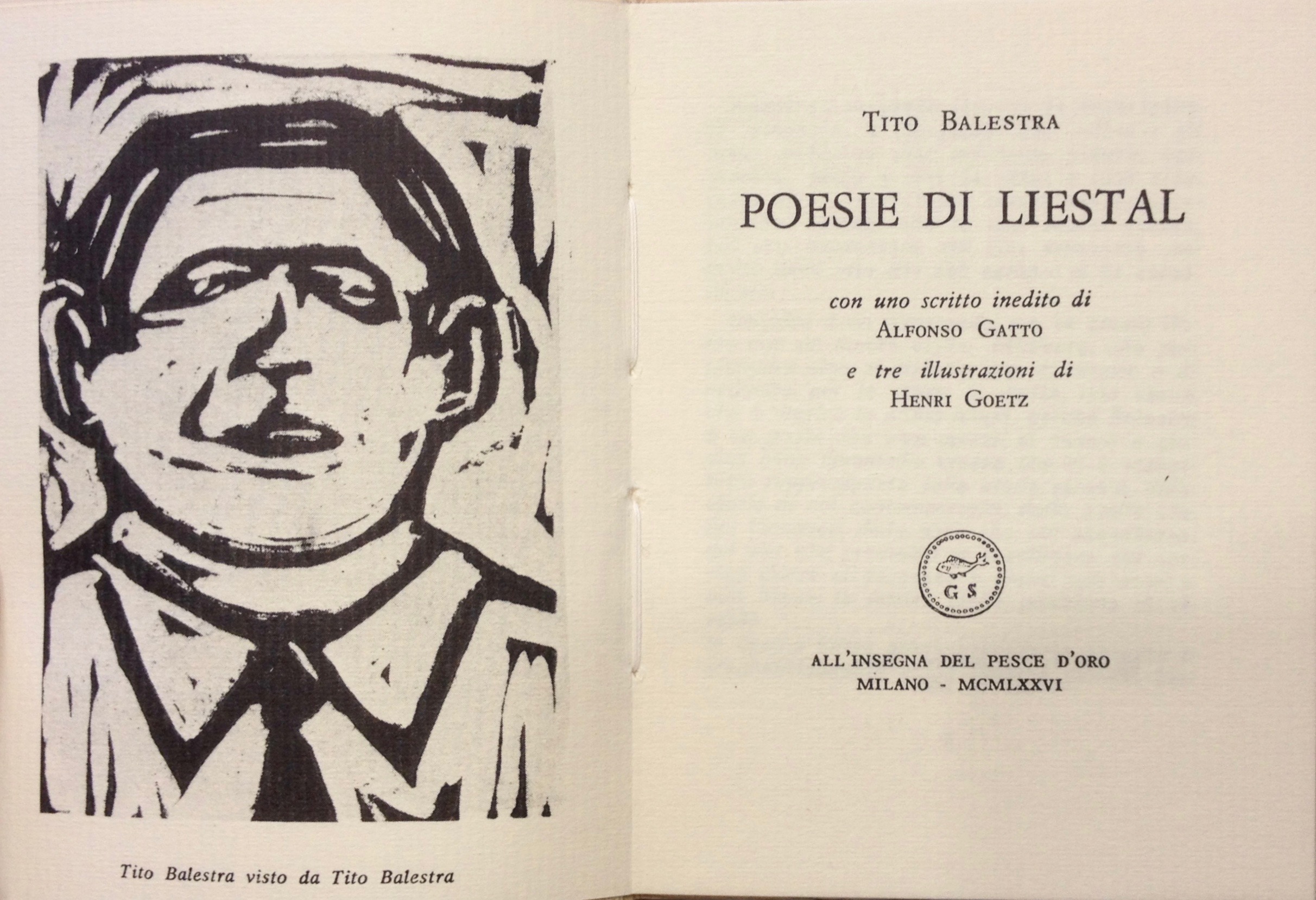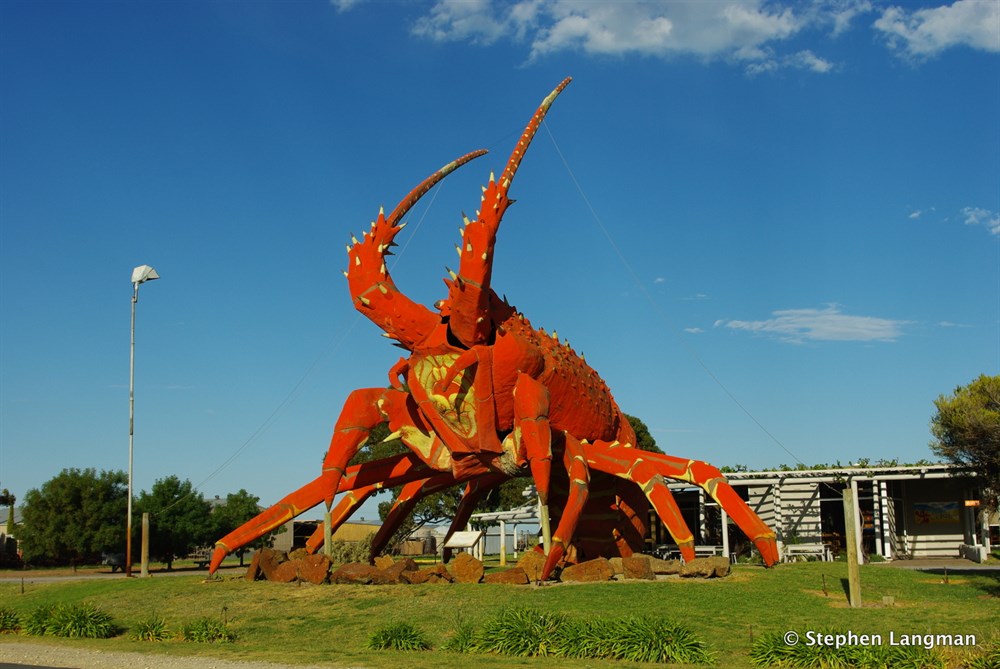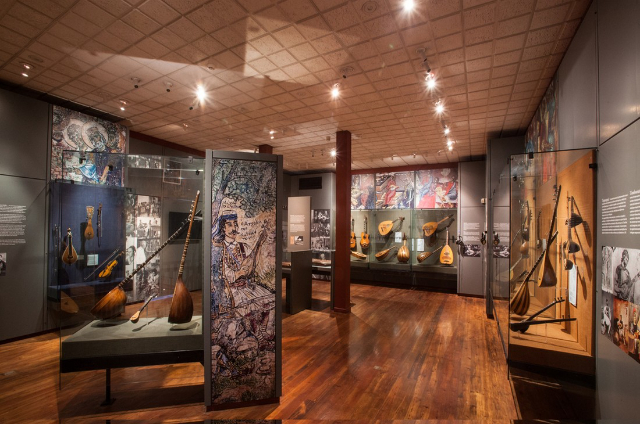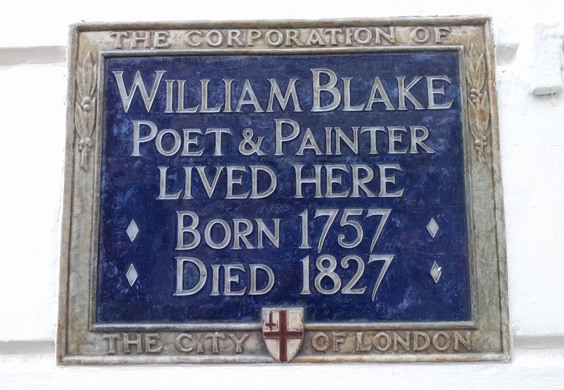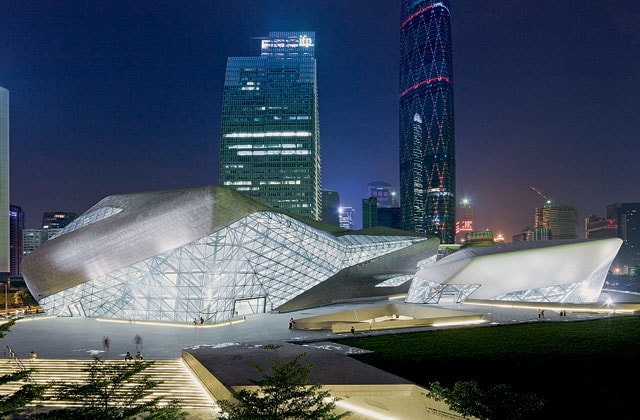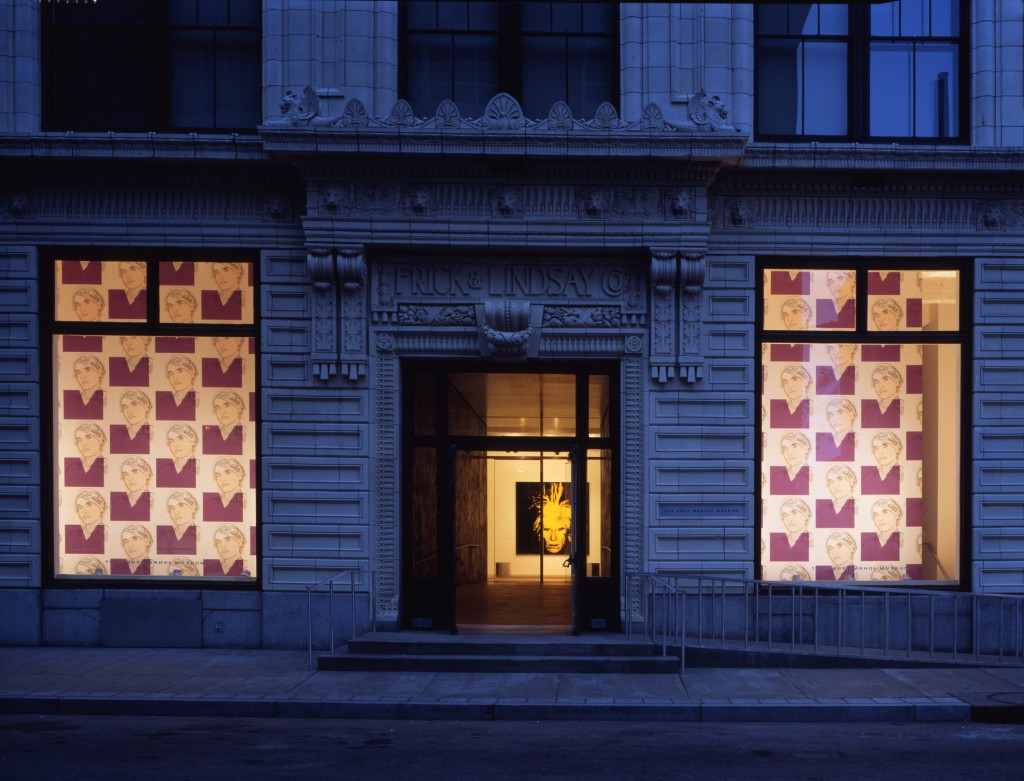The Malatesta Castle, in a magnificent panoramic position, now houses the Tito Balestra Collection, a permanent exhibition of twentieth-century Italian graphic art and painting with over 2,000 works by artists who dominated the art scene before the advent of Pop Art and American Informal Art. Among the pieces on display, the most impressive corpus is represented by the collection of works by Mino Maccari, one of the most prolific intellectuals of the last century. There are also works by Giorgio Morandi, Renato Guttuso, Tono Zancanaro, Renzo Vespignani, Francisco Goya, Henri Matisse, and others… The number of works by Mino Maccari, a close friend of the poet (he was best man at his wedding) and an important figure in Italian painting in the second half of the 20th century, is particularly large. The 1903 pieces, including oils and graphics, testify to the Tuscan artist’s activity from 1920 to 1976, constituting almost an autonomous museum.
The birth of the collection is mainly due to the intense relationships of exchange and friendship between Tito and the artistic and cultural universe of the second post-war period. A very special collector, guided by a unique passion and sensitivity, far removed from fashions, opportunism and the purely economic logic of the market, Tito Balestra’s choices were not influenced by anything other than his own spirit and taste, which led him, through collecting, to visually integrate his own poetics. He was a true amateur who was able to gather around him those testimonies of art often destined to dissolve shortly after being born: in fact, many are the sketches, the afterthoughts, the scraps of an artist’s production that Balestra recovered and jealously guarded, recognizing in them that added value that the author himself denied them. Other works became part of the collection through gifts, barter and exchanges, less frequently through actual purchases: this is a sign of how the collection was nourished at every meeting and how it represents, now as then, a life journey, studded with friendships and passions. Spectator, but also protagonist of a great season, the Roman one, which covers the years from 1946 to 1976, the main body of the collection, to which are added like pearls the precious works of foreign authors.
